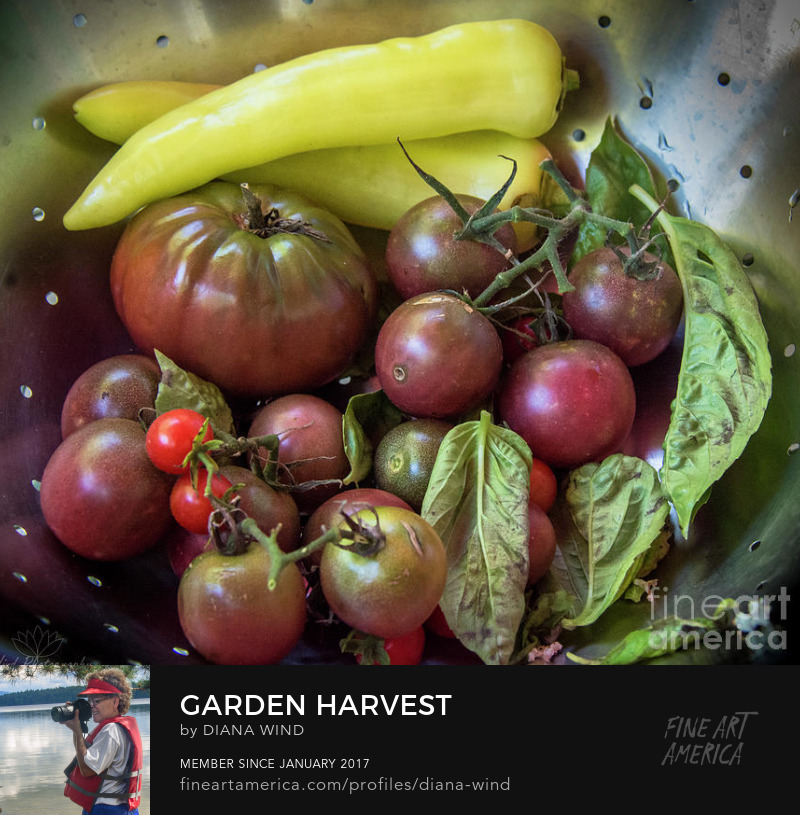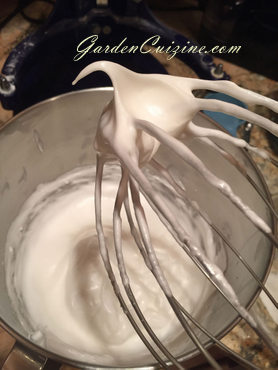
Saving Heirloom Pepper Seeds
Hot peppers and peppers in general (Capsicum annuum), delight many gardeners, cooks, and folks who like their food hot and spicy. They are a healthy-favorite veggie to grow in a home, work or school vegetable garden. Other than an occasional stake or two to support tall plants, peppers rarely have problematic insect attacks and grow easily, without much fuss or attention. Peppers thrive in the heat and sun of the summer, which is why they grow so prolific in Mexico and warm, tropical regions like Jamaica and Hawaii.
Heirloom peppers will come true from seed. The end of the summer and early fall, when your pepper harvest is at its peak, is the best time to save seeds for next seasons garden. Saving seed is easy to do. This video by Rita Heikenfeld shows how to do it in a method that vertically cuts the jalapeno (or any kind of pepper), leaving the seeds attached to the center core membrane - (membrane is the hottest part of the pepper, even more so than the spicy seeds).
Once the peppers are sliced and the seeds exposed, the peppers can be hung or placed on a plate to air dry. When dry, the seeds will easily fall off the membrane. Dried pepper seeds can be stored in spice jars or added to spice blends, and most of all, they can be planted when you are ready in the Spring. Peppers take longer to mature than tomatoes, it is best to try and plant the seeds indoors (under fluorescent lights) a week or two before tomatoes. I try and start ours here in the Garden State (NJ, zone 6b), just before St. Patty's Day in March.
GardenCuizine Nutrition Analysis: calculated from USDA nutrient values
Excellent Source: Vitamin C
Good Source: Vitamin B6
Serving Size: One hot chili pepper (45g); Calories: 18; total Dietary Fiber: 0.7g (3%DV); Iron: .46mg (3%DV); Potassium: 145mg (4%DV); Manganese .08mg (4%DV); Vitamin C: 65mg (108%DV); Thiamin: .03mg (2%DV); Riboflavin: .04mg (2%DV); Vitamin B6: .23mg (11%DV); Folate: 10mcg (3%DV); Vitamin A: 428IU (9%DV); Vitamin K: 6.3mcg (8%DV)
Percent Daily Values (DV) are based on a caloric intake of 2,000 calories for adults and children age 4 or older
Related Links:
Thousands of peppers in the Genus and Species: Capsicum annuum
Copyright © 2009 Wind. All rights reserved.
































